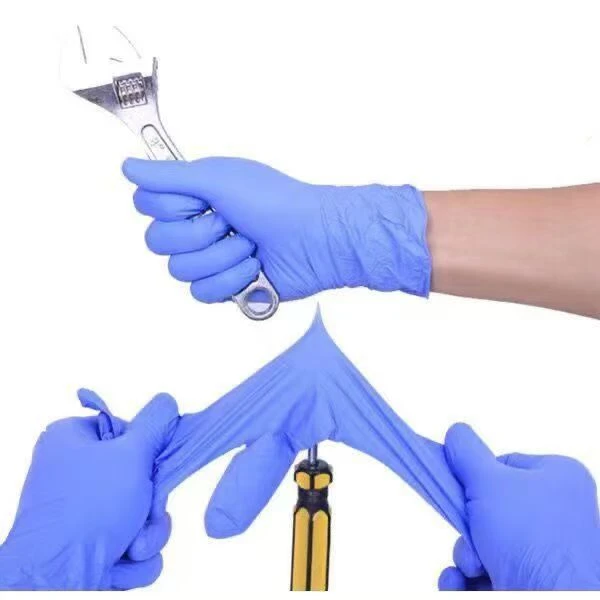The Curious Case of Soda Cups More Than Just a Container
In a world where branding, sustainability, and consumer preferences intersect, soda cups have become more than just simple containers for our fizzy beverages. They are cultural icons, marketing tools, and, in many ways, a reflection of societal trends. This article explores the evolution, design, and significance of soda cups, uncovering how they play a multifaceted role in our everyday lives.
The Evolution of Soda Cups
The journey of soda cups dates back to the late 19th century when soft drinks began to gain popularity. Initially served in glass bottles or at soda fountains, the need for a portable and disposable option was evident as the market expanded. By the 1930s, paper cups emerged as a convenient alternative, made to accommodate the growing trend of takeaway sodas.
Fast forward to today, the introduction of plastic cups revolutionized the industry. Lightweight, durable, and affordable, they quickly became the standard for fast-food chains and convenience stores. The aesthetics of these cups also evolved—once plain and utilitarian, they now feature vibrant designs and logos from some of the biggest brands around the world. The colorful exteriors of these cups serve not only to catch the consumer’s eye but also to create a sense of brand loyalty.
The Design and Aesthetics
The design of soda cups is a carefully orchestrated process. From the material used to the striking graphics, every element is chosen to enhance customer experience and brand identity. For instance, the introduction of clear plastic cups allows consumers to see the beverage they are purchasing, creating an appealing visual that entices them further. The size options, ranging from small to “super size,” cater to different consumer demands, making each purchase a personalized experience.
Moreover, many soda cups are innovations in terms of usability
. Features such as double-walled insulation keep drinks cold longer, while lids and straws are designed for ease of use, minimizing spills and enhancing enjoyment. Brands often collaborate with designers to create limited edition cups, turning them into collectibles that can increase customer engagement.Environmental Considerations
soda cups

However, the evolution of soda cups has not come without consequences. The rise of single-use plastic has raised serious environmental concerns. Millions of these cups are discarded each day, and plastic pollution has become a pressing global issue. As a response, many companies have begun to explore sustainable alternatives. Biodegradable cups, made from materials such as bamboo fiber or corn starch, offer an eco-friendly solution, while initiatives for recycling and reducing waste have started to take root.
Additionally, some companies have introduced reusable options, encouraging customers to bring their own containers for discounts, thus promoting a culture of sustainability. This shift not only addresses environmental concerns but also connects with a growing demographic of eco-conscious consumers.
The Cultural Impact of Soda Cups
Beyond their functional use, soda cups also hold cultural significance. They have become a canvas for expression in various forms of media, often representing carefree moments spent with friends and family. From iconic scenes in movies featuring characters sipping soda from brightly adorned cups to TikTok challenges showcasing unique cup designs, these containers have embedded themselves into the cultural zeitgeist.
Furthermore, the collectibles market surrounding soda cups has blossomed, with enthusiasts treating them as memorabilia. Vintage cups from fast-food joints or limited runs tied to popular movies can fetch impressive prices at auctions, underscoring their significance beyond mere functionality.
Conclusion
In conclusion, soda cups are a fascinating blend of utility, marketing, and culture. Having evolved from simple paper vessels to the complex, vibrant designs we see today, they encapsulate changes in consumer behavior and environmental awareness. As we navigate through a world that is increasingly aware of its environmental footprint, the future of soda cups seems to hinge on innovation, sustainability, and the ongoing relationship between brands and consumers.
Ultimately, the next time you sip your favorite soda from a cup, take a moment to appreciate the journey it has made—from its historical roots to its current position as a key player in our daily lives and the food industry. Indeed, soda cups are more than just a vehicle for refreshment; they are a microcosm of vibrant consumer culture and a reflection of our changing world.



